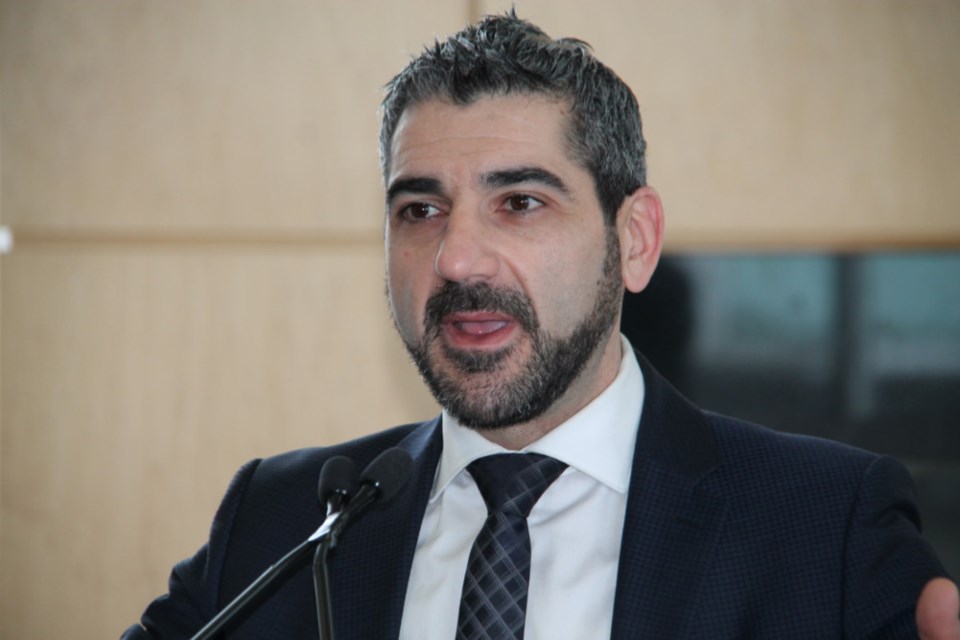Days after the federal government’s carbon tax came into effect in Ontario April 1, Sault MPP Ross Romano has lashed out at the levy, stating it will hurt the province’s hospitals.
Ottawa imposed the tax on Ontario, Manitoba, Saskatchewan and New Brunswick because the four provinces did not establish their own pricing schemes on carbon emissions.
“The carbon tax is making everything more expensive for us as Ontarians and it’s even going to affect our hospitals, which is going to result in less money for healthcare,” Romano said, speaking to SooToday.
“It’ll cost Ontario’s hospitals an additional $27 million in heating costs alone by 2022. As an example, at Sault Area Hospital that would specifically result in our costs for heating going up by $341,000 by 2022,” Romano said.
That province wide figure of $27 million, Romano said, could be used to pay for “157,000 additional patients receiving MRIs, an additional 3,300 pacemaker implants, but that money is going to be spent just to heat hospitals.”
“We want to see more doctors, nurses and MRIs, and this carbon tax is going to make it more difficult for hospitals across the province to provide more services.”
Romano said he’s not aware of any money in the federal government’s budget to help hospitals with those increased energy costs.
“That means that money has to come out of hospitals own operating budgets.”
Sault Area Hospital officials were not immediately available for comment.
Romano said Ontario’s government is committed to more health care funding and its own efforts to control emissions.
“We provided more than $2.3 million into Sault Area Hospital in surge bed funding when they were operating at 120 per cent capacity, and we also announced an additional 128 long term care beds when we had a total waiting list of approximately 700 to 750 people waiting to obtain long term care...and there’s more (beds) to come.”
Environmentally, Romano said the Ontario government is committed to cutting emissions to 30 per cent below 2005 levels by 2030, a target that aligns with the federal government’s Paris commitments, without imposing a carbon tax on the province.
The Paris Agreement lies within the United Nations Framework Convention on Climate Change, ratified in 2016.
Meanwhile, the Financial Accountability Office of Ontario has projected the federal carbon tax will cost the average Ontario household $648 a year by 2022.
The office also states the tax will increase the price of gasoline in Ontario by 11.1 cents per litre, the price of natural gas by 9.8 cents per cubic metre and the price of diesel by 13.4 cents per litre, all by 2022.
Ontario has joined other provincial governments in fighting the carbon tax.
“That challenge is ongoing (the province going to court with Ottawa over the tax later this month). Ontario needs to be able to effect its own provincial plan on reducing emissions,” Romano said.
“I think it’s also important to note this carbon tax, and that’s exactly what it is, a tax, will do absolutely nothing to reduce emissions. All it’s doing is creating additional funds for the federal government to waste away.”
“It won’t do anything to actually reduce emissions, whereas our plan is giving incentives to businesses to make investments into the province which are producing results and reducing greenhouse emissions,” Romano said.
